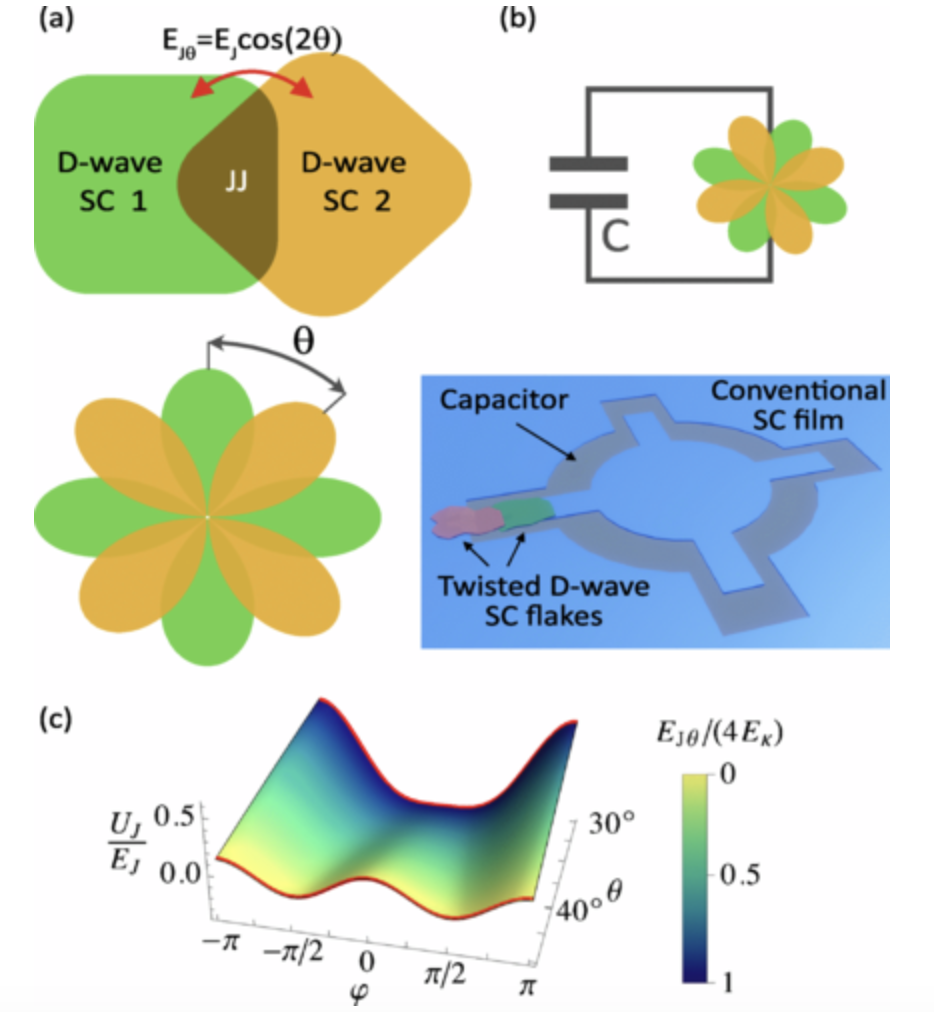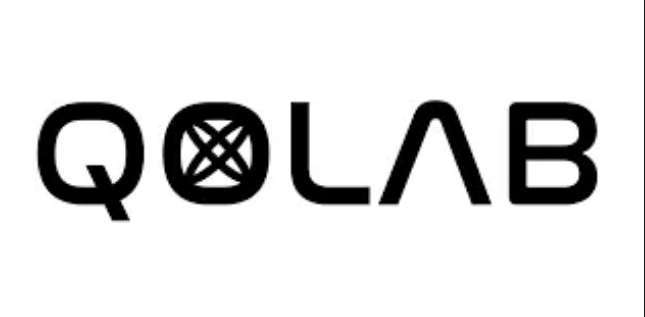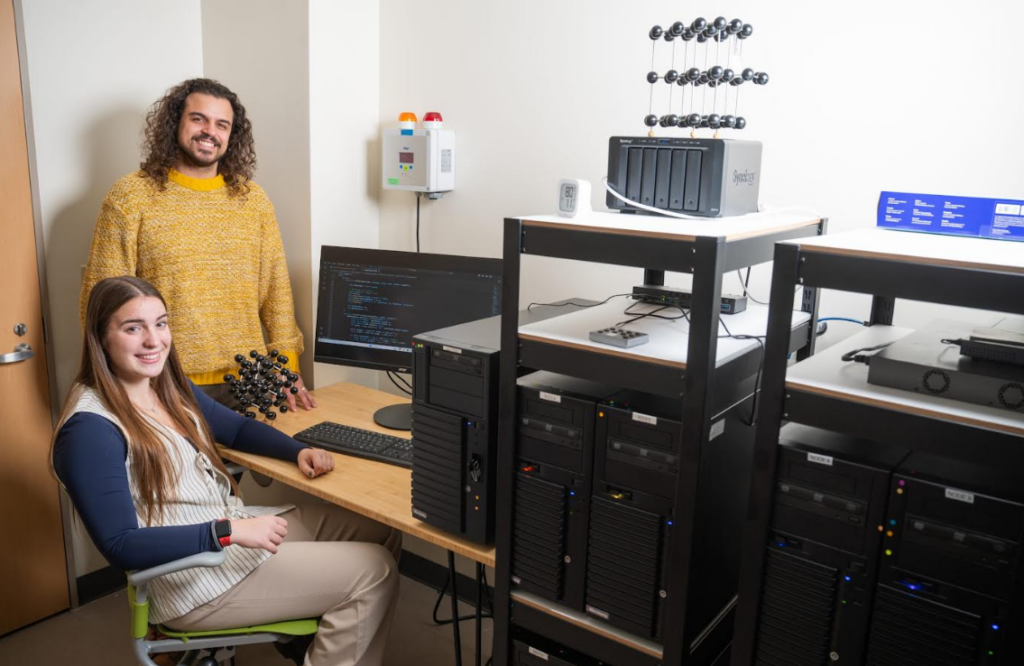Insider Brief
- Researchers published a paper describing a new superconducting qubit expected to increase coherence times in quantum processors.
- Terra Quantum announced the publication of the research paper that introduced the “flowermon” qubit.
- The team said it represents a new class of superconducting devices that utilizes unconventional hybrid materials to scale superconducting devices.
PRESS RELEASE — Terra Quantum, a leading quantum technology company, today announced the joint publication of a research paper describing a new superconducting qubit expected to increase coherence times in quantum processors by orders of magnitude. The “flowermon” qubit represents a new class of superconducting devices that utilizes unconventional hybrid materials that could significantly improve the feasibility of scaling superconducting quantum processors.
“Superconducting Qubit Based on Twisted Cuprate Van der Waals Heterostructures” was published in Physical Review Letters and written by researchers from the Institute of Complex Systems of Italy’s National Research Council (ISC-CNR), Terra Quantum, the Max Plank Institute for Chemical Physics of Solids, the Leibniz Institute For Solid State and Materials Science Dresden, and the physics departments of the University of Naples and City College of City University of New York.
The paper shows that the relative twist of the atomically thin superconducting crystals that form a Josephson junction to a 45-degree angle creates a special junction that maintains high coherence without the requirements of highly precise control of fabrication, tuning of the system, or circuit loops susceptible to environmental disturbances.

“Simpler fabrication and tuning with longer coherence times make the flowermon qubit a promising prototype for a new class of hybrid devices utilizing the benefits of quantum materials and coherent quantum circuits,” said Markus Pflitsch, CEO of Terra Quantum. “This step forward in materials science and quantum information advances the scalability of quantum devices toward meaningful applications.”
The paper describes the flowermon’s exponential suppression of certain types of environmental noise and details schemes for manipulation and readout. Future research on the qubit may explore the practical implementation of these schemes to achieve the orders of magnitude improvement in coherence time at scale.
Coherence refers to the ability of a quantum system to maintain a superposition of quantum states over time. This is a crucial aspect of quantum information processing and a key factor in the development of useful quantum computers.
Josephson junctions, formed by two superconducting materials separated by a thin barrier, are the foundational building blocks of superconducting quantum computers. Other qubit types offering high coherence times often rely on multiple junctions in a flux loop, making them vulnerable to noise and fabrication imperfections.
“In contrast, the flowermon is a novel single-junction qubit that inherently protects against these drawbacks, including the exponential suppression of charge noise, providing a robust platform for future quantum devices,” said Prof. Valentina Brosco, a researcher at ISC-CNR and the University of Rome and a coauthor of the paper.
The flowermon is created by twisting two flakes of Bi2212, a cuprate high temperature superconductor that preserves nearly perfect superconductivity, to a 45-degree angle to create a flower-like shape of the energy spectrum. This specific angle suppresses single electron pair tunneling across the junction, allowing two-pair tunneling to dominate the junction behavior.
While single-pair tunneling places the low energy qubit’s states in a single well, two-pair tunneling spreads the qubit’s states across two wells. This makes the qubit less sensitive to environmental effects, including charge noise and quasiparticle dissipation. The reduction in sensitivity exponentially suppresses decoherence resulting from these types of noise.
“Our research builds on foundational superconducting technologies that were born by the discovery of superconductivity that dates back to 1911,” said Prof. Vinokur. “With our new prototype for high-coherence hybrid superconducting quantum systems, we hope to set the foundation for the future of quantum devices based on high temperature superconductors. We look forward to witnessing our qubit’s potential benefits to fabrication and highly coherent quantum systems.”
The research was funded by the European Union (European Research Council), Deutsche Forschungsgemeischaft, US NSF Grant Awards, and Terra Quantum. The European Research Council’s cQEDscope project utilizes superconducting circuits to develop new quantum technologies and expand our understanding of superconductivity.
If you found this article to be informative, you can explore more current quantum news here, exclusives, interviews, and podcasts.


















